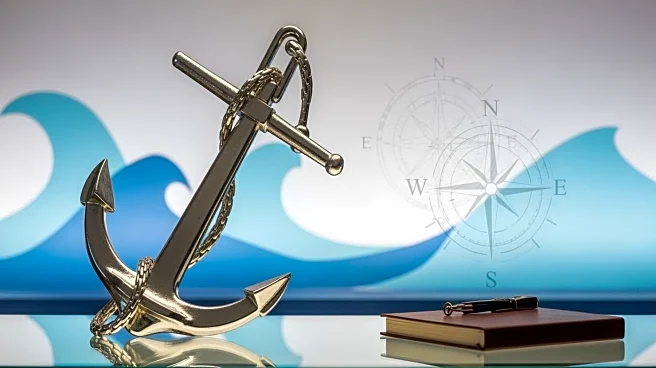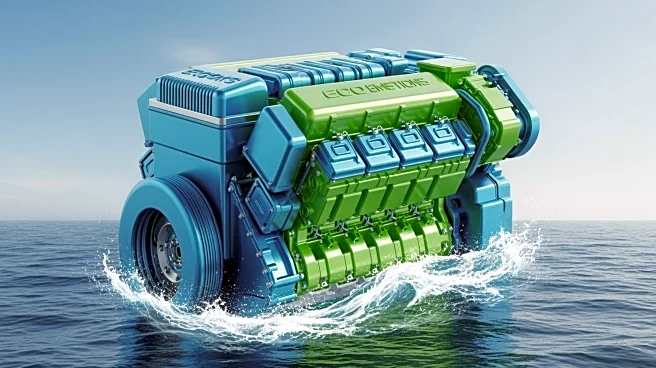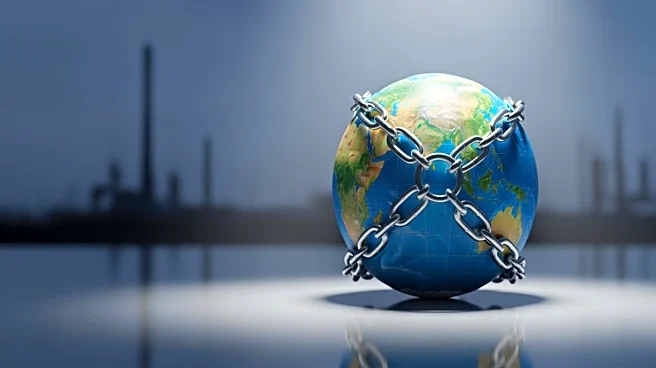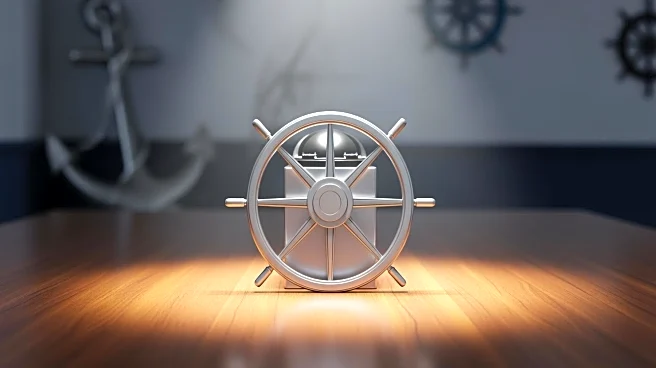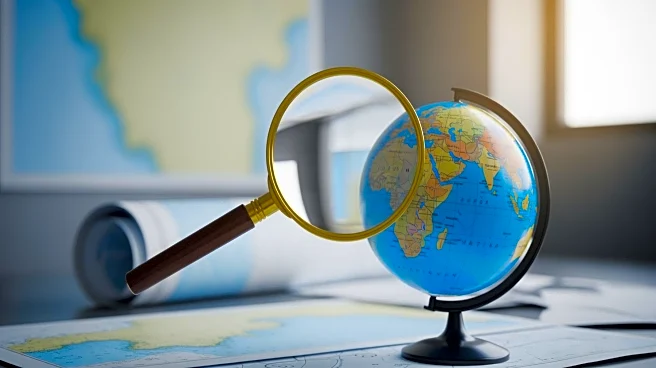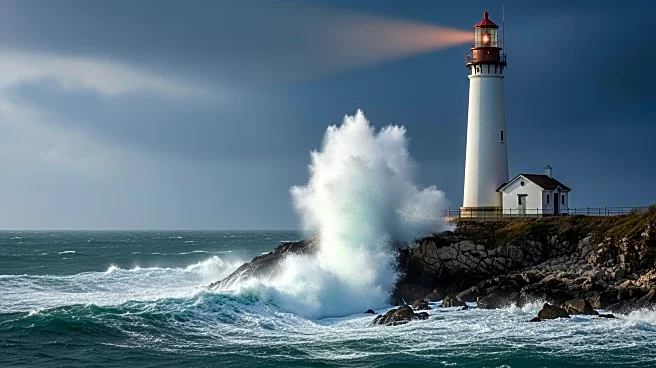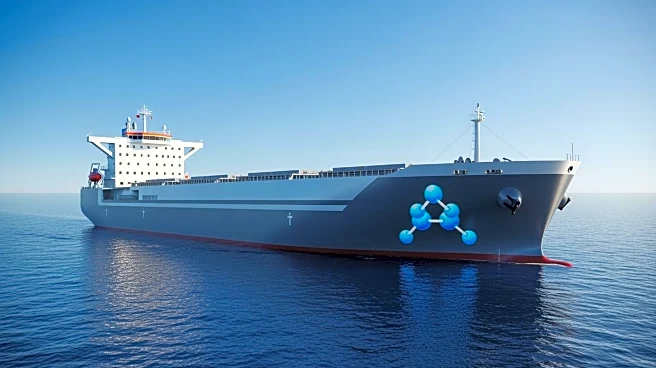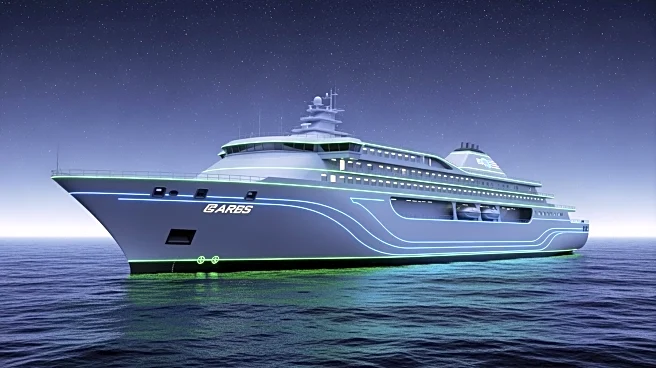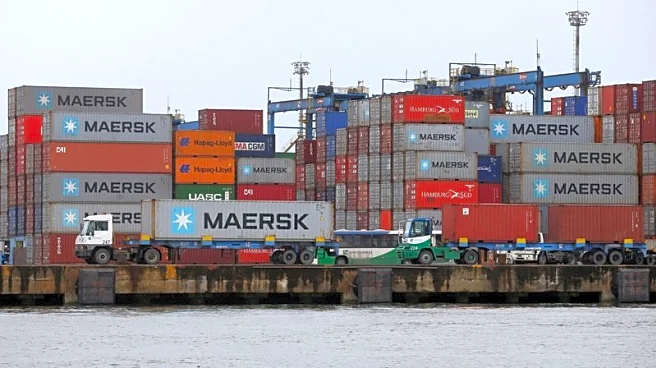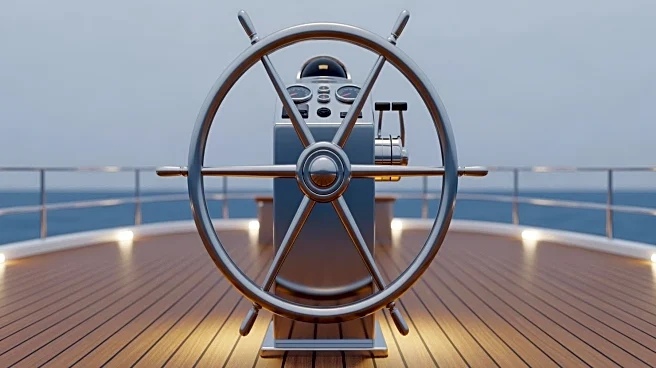What's Happening?
The Chemical Distribution Institute (CDI), International Chamber of Shipping (ICS), Oil Companies International Marine Forum (OCIMF), and the Society of International Gas Tanker and Terminal Operators (SIGTTO) have published the second edition of the 'Ship
to Ship Transfer Guide for Petroleum, Chemicals and Liquefied Gases'. This guide, originally released by OCIMF in 1975 and consolidated in 2013, is recognized globally as a definitive reference for safe and effective ship-to-ship (STS) operations. The new edition, marking the 50th anniversary of the original, incorporates current best practices, regulatory developments, and technical innovations. It provides comprehensive guidance on planning and executing STS transfers of petroleum, chemical, and liquefied gas cargoes. The guide is applicable to all vessels and is referenced within Annex 1 of the MARPOL Convention, serving as a critical resource for vessel Masters, Marine Superintendents, STS service providers, and regulatory authorities.
Why It's Important?
The release of the updated guide is significant for the global maritime industry as it ensures that STS operations are conducted safely and efficiently, minimizing risks associated with the transfer of hazardous materials. By incorporating the latest regulatory developments and technical innovations, the guide helps industry stakeholders comply with international safety standards and environmental regulations. This is crucial for preventing accidents and environmental damage, which can have severe economic and ecological consequences. The guide's emphasis on human factors and shared responsibility for safety underscores the importance of collaboration among industry players to uphold safety standards and protect marine environments.
What's Next?
The updated guide is expected to be widely adopted by maritime professionals and regulatory bodies, influencing the standard operating procedures for STS transfers globally. As the industry continues to evolve, further updates may be necessary to address emerging challenges and technological advancements. Stakeholders, including vessel operators and regulatory authorities, will likely monitor the implementation of the guide to ensure compliance and assess its effectiveness in enhancing safety and environmental protection.
Beyond the Headlines
The guide's focus on human factors highlights the need for continuous training and education of maritime personnel to ensure they are equipped to handle complex STS operations. This could lead to increased investment in training programs and the development of new technologies to support human operators. Additionally, the guide's alignment with MARPOL Convention standards reinforces the global commitment to reducing marine pollution and promoting sustainable shipping practices.


